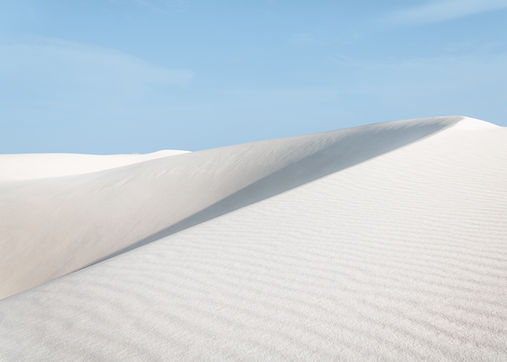When two individuals appreciate one another, friendship can flourish.
In Paisley, two notable poets, James Hogg and Robert Tannahill, met for the first time, a moment that could be likened to the famous encounter between Stanley and Dr. Livingstone. There are two accounts of this meeting, with the first being shared by Hogg himself. In the spring of 1810, Hogg, known in Edinburgh's literary circles as the ‘pastor of Ettrick’, embarked on a long journey from Edinburgh to find Tannahill in the streets of Paisley. Hogg was eager to meet the poet he admired. He recounted, "I traveled all the way to Paisley just to see him. Upon my arrival, I asked for Tannahill, the poet, but to my surprise, very few people recognized his name. I was directed from one Tannahill to another, but none were the person I sought." Eventually, Hogg discovered Tannahill working at his loom in a cottage on Queen Street. Hogg's first impression of the renowned Paisley poet was striking: "He was a swarthy man, with no outward indication of the intellectual depth that resided within him." When Hogg introduced himself as ‘Ettrick's Shepherd’, Tannahill looked at him in awe. Learning that Hogg had traveled a great distance just to meet him filled Tannahill with joy and pride. He graciously invited Hogg to stay the night, and they spent the evening together, sharing poetry and music, both men of humble beginnings—one a weaver and the other a shepherd—bonding over their artistic passions. The next morning, as Hogg prepared to leave Glasgow by carriage, Tannahill walked with him to Crookston Road. Just before Hogg's departure, Tannahill embraced him tightly and was overcome with emotion, shedding tears. Hogg comforted his new friend with kind words. Robert, try not to take everything to heart; we’ll see each other frequently, and if you don’t come to visit me, I’ll make my way back to Paisley to see you. “No, Hogg,” Tannahill responded, “This is the proudest day of my life, but it can’t be…” Hogg was left in shock when, just two months later, he came across the news of his new friend Robert Tannahill’s tragic suicide in the Edinburgh papers. The second account comes from James Barr, a friend and fellow songwriter of Tannahill. Between March 18 and 25, 1810, Barr traveled from Glasgow to visit the poet at his cottage on Queen Street. As Barr was leaving the next morning, Tannahill spotted him at the end of the street. When they said their goodbyes, Tannahill gazed towards Sandholes in the distance, where he noticed two other friends, R.A. Smith and W. Stuart, along with three unfamiliar faces. Tannahill asked Barr to hold on, sensing that “there’s something in the air.” They observed as the five men entered a nearby club, and both Tannahill and Barr were invited to join them. Upon meeting the three strangers, Tannahill discovered that one of them was the renowned poet James Hogg. Having just completed a tour of the Highlands and being close to Paisley, Hogg had expressed a wish to meet the poet-weaver Tannahill. By reaching out to Tannahill’s friends in Paisley, Smith and Stuart, Hogg had finally succeeded in finding the poet. The entire group then left Paisley’s West End for the Sun Tavern on the High Street, where Hogg was “enraptured by their company.” It was heartwarming to witness the instant bond between the two poets. Their physical appearances were quite different: Hogg, robust and self-assured, while Tannahill was gentle, reserved, and modest, yet their thoughts were in perfect harmony. Hogg and Barr later returned to Glasgow, stopping at a place called Three Mile Hose (now known as Half-Way House). They took a ride on a coal wagon to Broomielaw Bridge, strolled to the Glasgow Tontine in the Saltmarket, and then parted ways.
While the narratives may vary a bit, the key takeaway from both is that James Hogg, a renowned poet from Scotland, held Robert Tannahill and his creations in such high regard that he made a special effort to meet him.















Comments